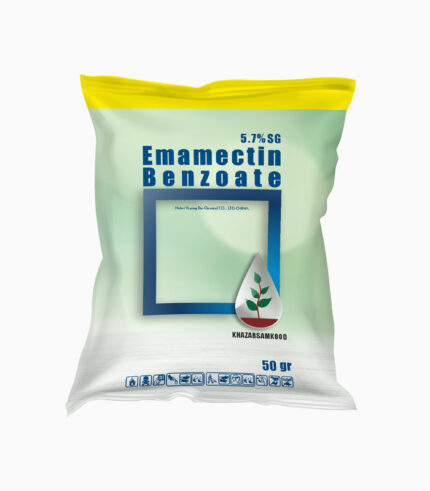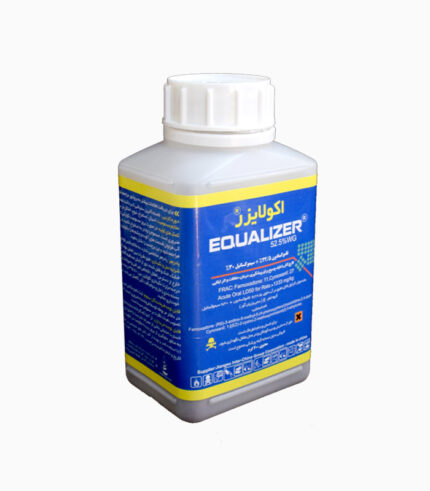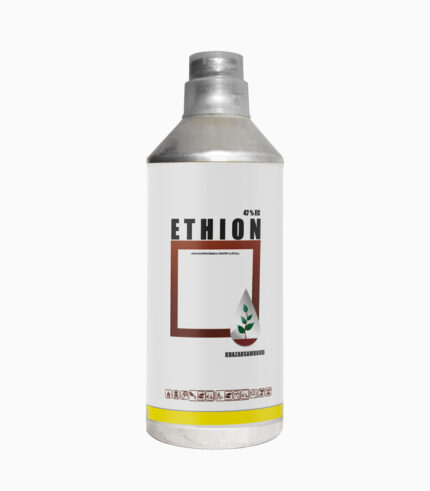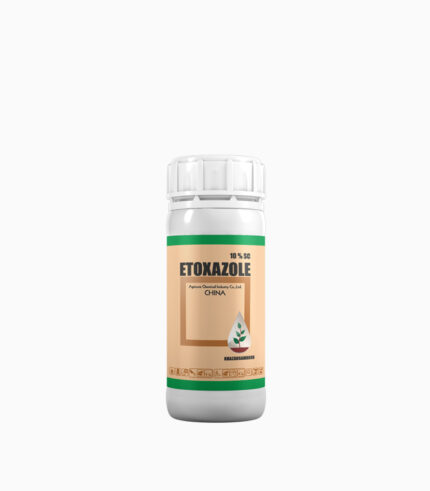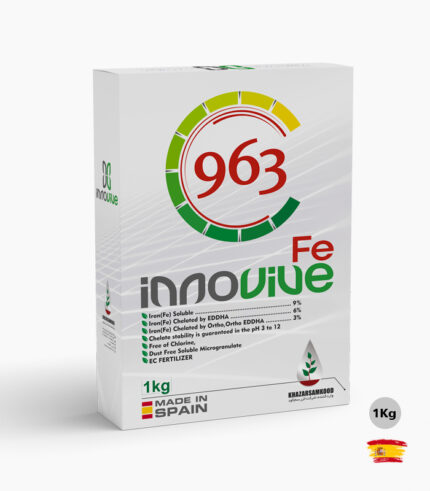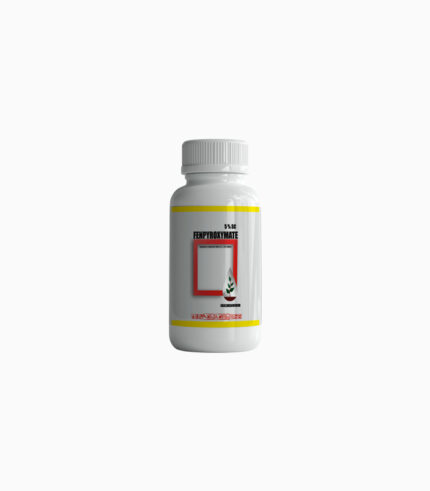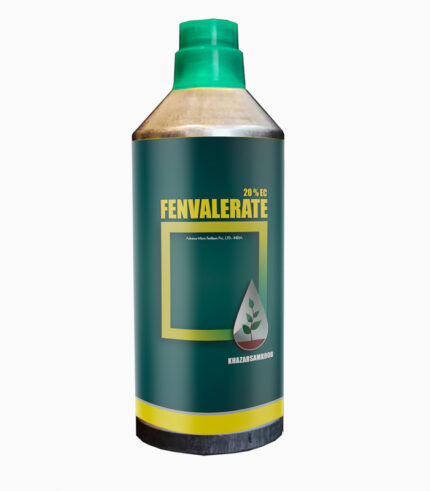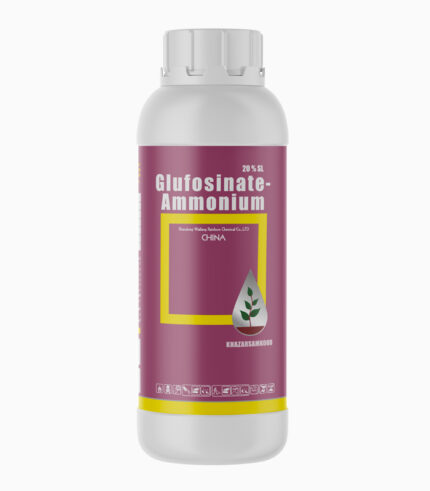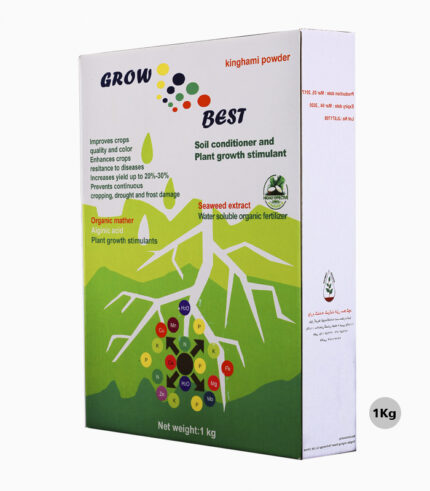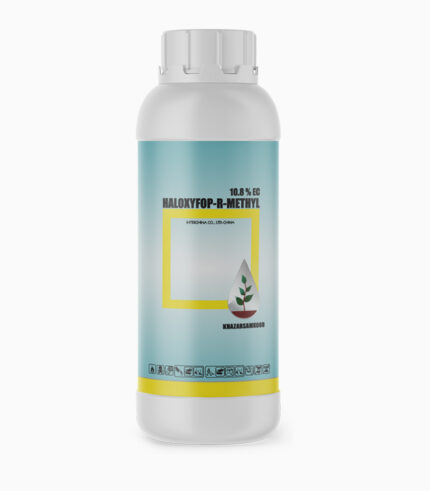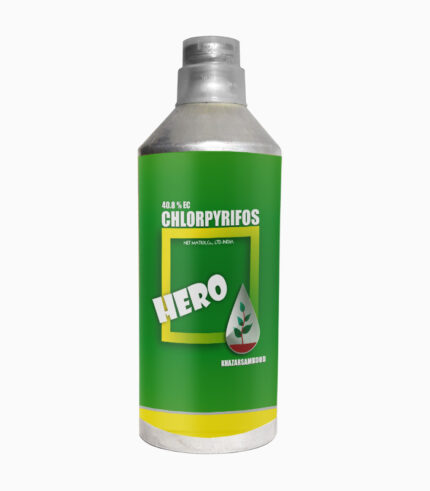Emamectin Benzoate 5.7% SG
It is a non-systemic insecticide with contact, ingestion mode of action. It belongs to the avermectin, that inhibits muscle contraction, causing a continuous flow of chlorine ions in the GABA and H-Glutamate receptor sites. Emamectin Benzoate is a natural bacterial fermentation product of the soil actinomycete, Streptomyces avermitilis.
EQUALIZER (Famoxadone+ Cymoxanil 52.5% WG)
It is an eradicating fungicide with protective and curative action. It belongs to the Oxazolidinedione and Cynoacetamide oxime. The mode of action of Famoxadone results in the inhibition of ubiquinol cytochrome C oxidoreductase enzyme in complex III of cellular respiration. The mode of action of Cymoxanil is not well known and it has an effect on protein production and DNA synthesis of mycelium growth and prevents the formation of disease-causing fungus cells.
Fe963-(INNOVIVE)
Fenvalerate 20% EC
It is a non-systemic insecticide with contact, ingestion mode of action. It belongs to the pyrethroids which disrupt sodium channels in the axon membrane and has a knock-down property that causes the insect to become paralyzed and fall quickly. Fenvalerit has a quick effect on a wide range of pests of different agricultural products.
Glufosinate-Ammonium 20%SL
It is a non-selective, connected, and semi-systemic phosphonic acid herbicide inhibition of glutamine synthesis, leading to a complete breakdown of ammonia metabolism and subsequent accumulation of ammonia in tissues. This herbicide also interferes with photosynthesis. Glufosinate ammonium is used to control annual and non-perennial weeds, so this herbicide does not control perennial weeds well. Chlorosis, withering of tissues and finally, the death of the weed within 1 to 2 weeks are the symptoms of the effect of the herbicide.
GrowBest
" GrowBest " contains a variety of nutritional elements and supplementary ingredients such as nitrogen, potassium, seaweed, alginic acid, amino acid and micro elements. Amino acids and alginic acid in this fertilizer are strong anti-stress agents which increase plant resistance to environmental stresses. As a result, to use GrowBest, increase coloration and yield
Haloxyfop-R Methyl Ester 10.8% EC
Imidacloprid 35% SC
It is a systemic insecticide with contact, ingestion mode of action. It belongs to the neonicitinoid, which affects nicotinic acetylcholine receptors in the central nervous system of insects. Imidacloprid is systemically absorbed from the root and released as an acropetal mechanism in the plant. The systemic effects of Imidacloprid do not diminish its effect because of rainfall and rinsing on the plant surface.


